When you have the chance to look at a tree with a child, or even by yourself for that matter, there are many ways you can focus your attention.
You can admire its beauty, examine its role in that ecosystem, stimulate imagination or you can get artsy by creatively incorporating it into crafts. Here are some ideas for some of your nature walks.
1. Tree Bark or Leaf Rubbing
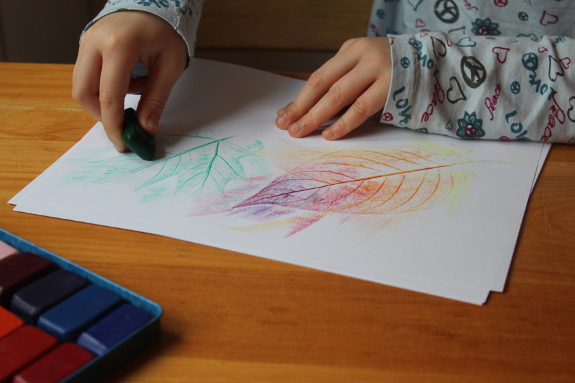
Put a sheet of paper against the side of a tree and, with a crayon, rub up and down to reveal the bark’s pattern in colour! If you want to do a large area and don’t have a lot of time, either use wide crayons or remove the paper off regular crayons and use the long side for a larger surface area. Compare the differences in the leaf rubbing to see if you can spot patterns between other tree species or the different heights along the trunk.
For leaves that will fall later this year, collect and press them so they don’t dry curled up. After a few days or weeks (before they get too dry and brittle) put the leaves under a sheet of paper and make rubbings for fun, as a journal or as a picture for decoration.
2. Walk or Climb on Fallen Trees
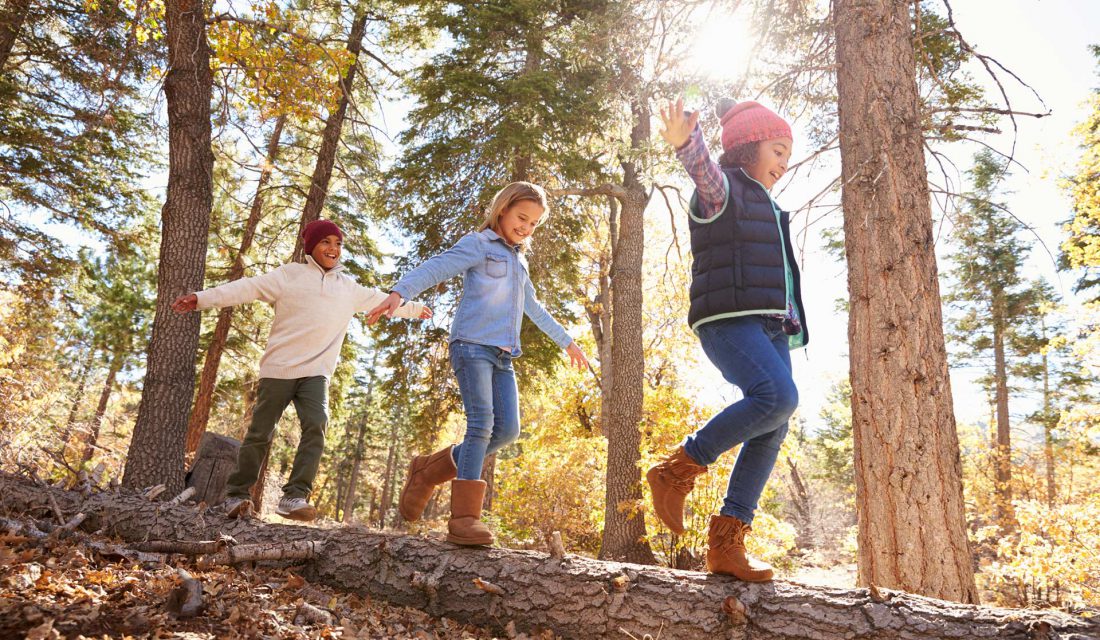
Caveat: only ones that you feel are safe to use (sturdy, free of lots of prickly branches etc.)! This is both fun and great for developing balance and confidence. If need be, hold the children’s hands until they feel comfortable doing it themselves.
3. Observe Leaf Shapes
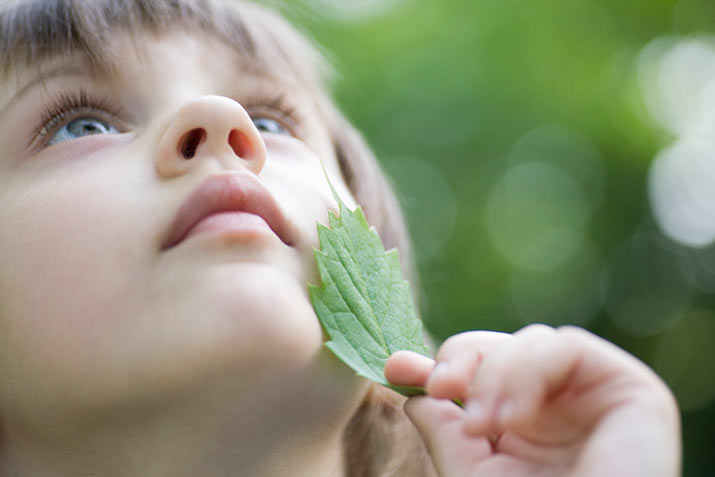
Leaves do more than just make oxygen and make lovely sounds in a breeze. Leaf shapes (or even leaf buds in the colder months) can help identify a tree species and sharpen observation skills.
4. Imagine
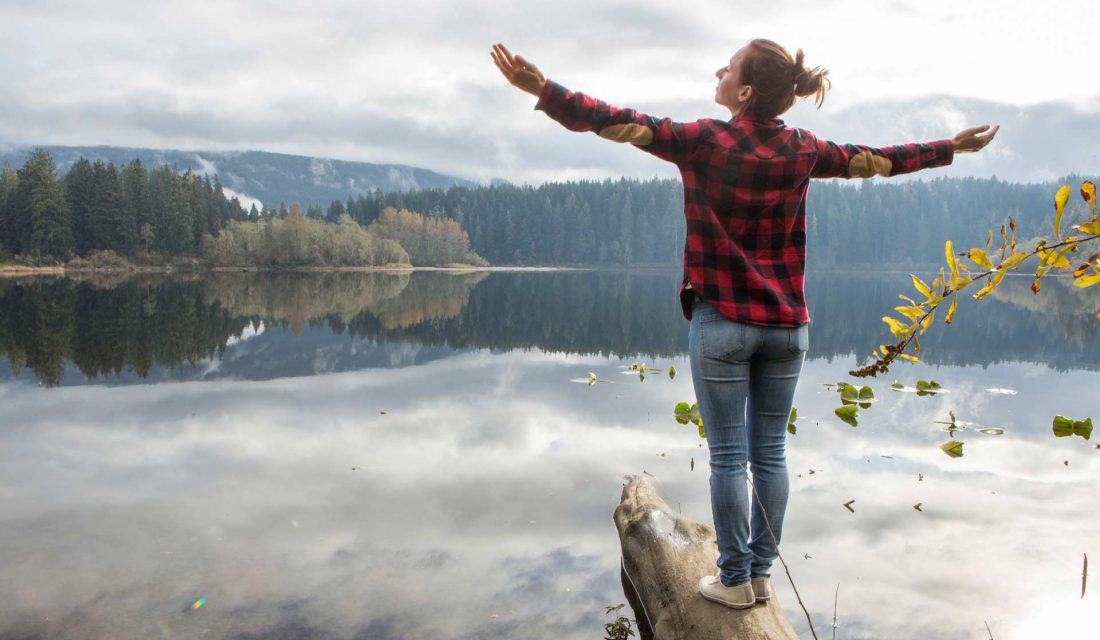
Imagine what it must feel like to be a tree with roots grounding you into the earth and branches raised high up to the sky. Pretend to be a tree and feel connected to the earth and sky.
For very young children this might be enough. For older children get them thinking about the role of a tree. How are the roots helping (they stabilize soil) ? How are the branches helping (they are homes for animals and leaves help make the air we breathe)? How does the trunk help (they provide wood for furniture, houses, paper, tissues and toilet paper as well as homes for cavity nesting animals) ?
5. Sit Under or Near a Tree for a Period of Time
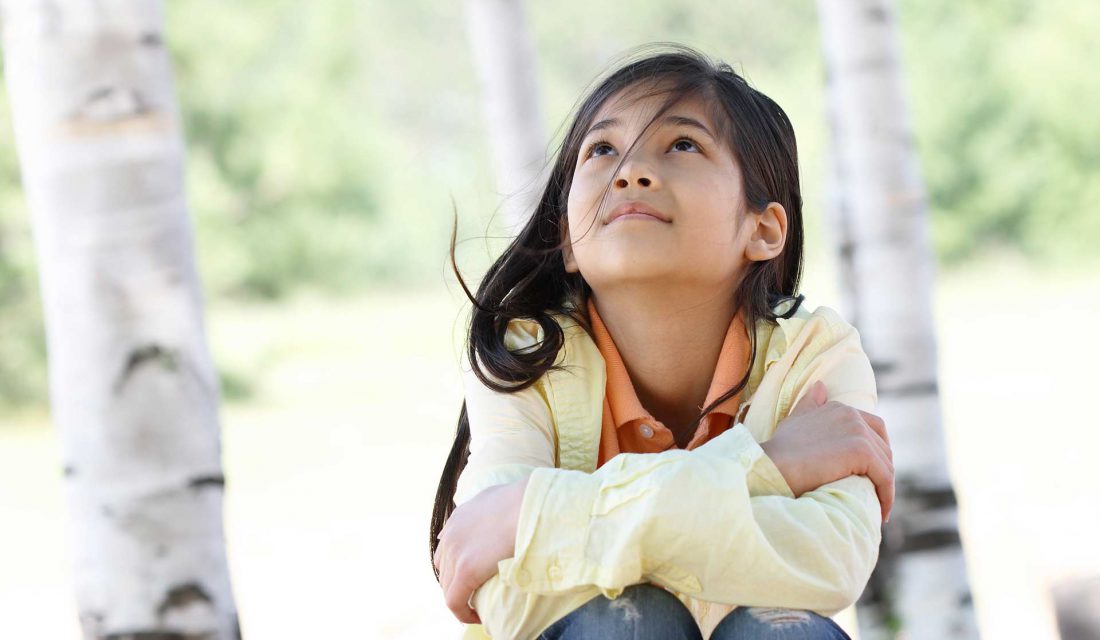
A few minutes would do for a young child, but longer for older participants. While one can do this activity anywhere, there is something about trees that can help a person slow down and be fully present. You can simply use this time to quiet the mind, becoming calm and present. Or you can use this time to engage all your senses to notice what is happening around you and wonder why that is so.
For instance, are there animals singing or scampering about or are they quiet and still? If there is a breeze, do different leaves move differently? Perhaps they have a different shape to catch the wind or their leaf stem is longer or narrower allowing them to move differently (as with Trembling Aspens). Is the tree trunk smooth or bumpy on their back? Is there sun on their face or are they in the cool shade?


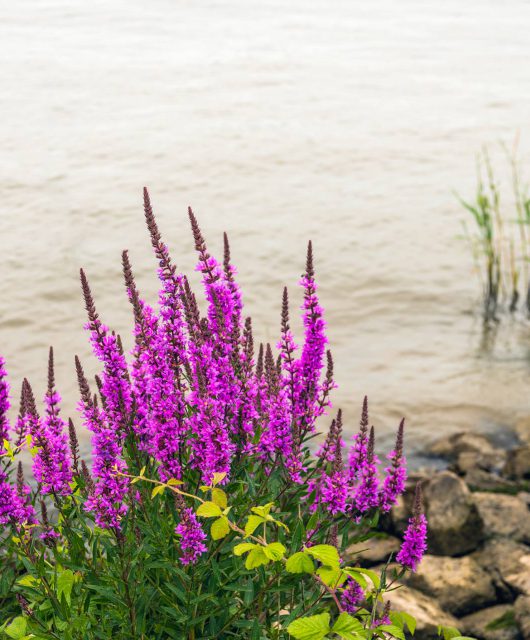
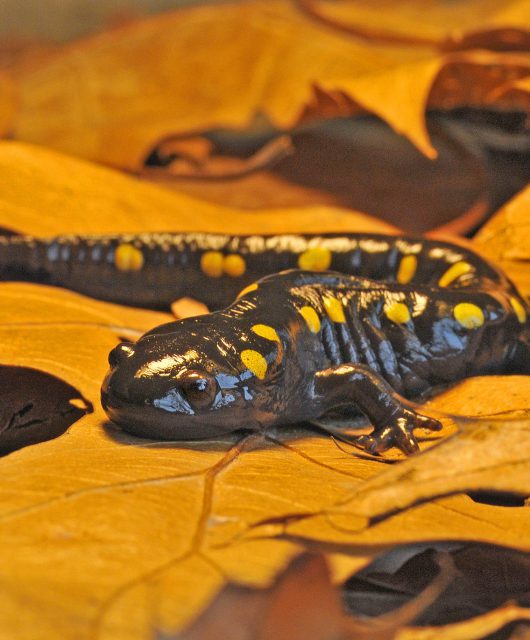

1 comment
My husband and I are both planning to surprise our kids with a fun three-days vacation in the woods, which is why we’re currently looking for a cabin that we ay rent. I’m glad you were able to share here the various types of tree activities that we may play, such as the caveat, which is helpful in developing balance and confidence. Well, your idea of asking our kids to observe the leaves’ shape seems like a great suggestion as well since this will help hone their observation skills.